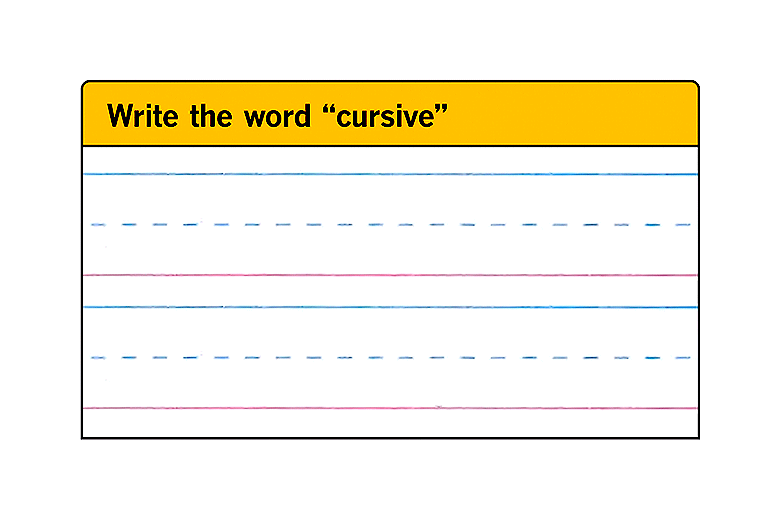And This, Socrates, Is Called a Cursor
- Share via
Higher education is in some ways unchanged from the days when Socrates gathered his disciples around him and asked what they thought about the cosmos or the just. In other ways, it has been revolutionized by a host of modern developments -- not the least, improvements in technology. Some of them have altered even the most ordinary instruments of learning.
In my primary-school days, student monitors were appointed to refill the inkwells in each desk into which we dipped straight pens. These simple implements, with their replaceable steel nibs, were probably a great advance over the goose quill, though not aesthetically. We would bind them to our fingers with rubber bands in order to practice the Palmer Method, filling our notebooks with properly cursive ovals, lines and letters.
Once we had mastered proper penmanship, we were allowed to use fountain pens, with their ink-holding bladder or cartridge and smoother-flowing nib. Soon, however, the fountain pen was all but completely displaced (except for the elegant Parkers, Mont Blancs, Pelikans, etc., that continue to be made and prized) by the disposable, ink-filled ballpoint -- and out with them went those distinctive “tip fill” 2-ounce bottles of Waterman’s ink that are now collectible antiques sold on EBay.
Out too went the Palmer Method in favor of individualized hen-scratching.
The typewriter, first manual, then electric, not only flourished but seemed indispensable, until of course it too was sent to the scrapheap by the personal computer.
I was so attached to my Royal manual and Olivetti portable that I resisted strenuously when my department began offering faculty members a newfangled “word processor.” This is a cunning plot, I told the administrative assistant, to deprive us of the help of a typing pool, and of course it was.
But she was right when she said the PC was made for fanatic rewriters like me. Now I can’t imagine life without it.
What the perfectionists of the past would have given for all those gigabytes, knowing they could revise to their heart’s content without having to make new copies or scrawl in the margins of galley proofs and risk a typesetter’s misreadings!
On my bulletin board is a clipping from the New York Times Book Review quoting the humorist S.J. Perelman, who was once asked how many drafts he did of a story: “Thirty-seven,” he replied. “I once tried 33 but something was lacking, a certain, how shall I say, je ne sais quoi. On another occasion I tried 42 versions, but the final effect was too lapidary.”
And then came the Internet, e-mail, Google and so on. This year, I wanted to assign a textbook for an undergraduate course and found that the only appropriate ones were either obsolete or too expensive. Instead, I put written versions of my lectures on the library website, after they were presented in class, so that students could refer to them as a kind of virtual textbook.
Are there downsides to such progress? The only one I can think of is that the absence of written correspondence and manuscript drafts is going to make work a lot harder for future biographers and students of the creative process.
Soon, I suppose, professors will be recording their lectures on DVDs for the students to burn onto discs to play back at their convenience, perhaps on the beach in the same iPods they use to listen to their god-awful music. Then will come virtual courses, with no need for personal attendance in classrooms.
No wonder Socrates thought that, in a utopia, we would need guardians to set the rules and control change.
More to Read
Sign up for our Book Club newsletter
Get the latest news, events and more from the Los Angeles Times Book Club, and help us get L.A. reading and talking.
You may occasionally receive promotional content from the Los Angeles Times.









